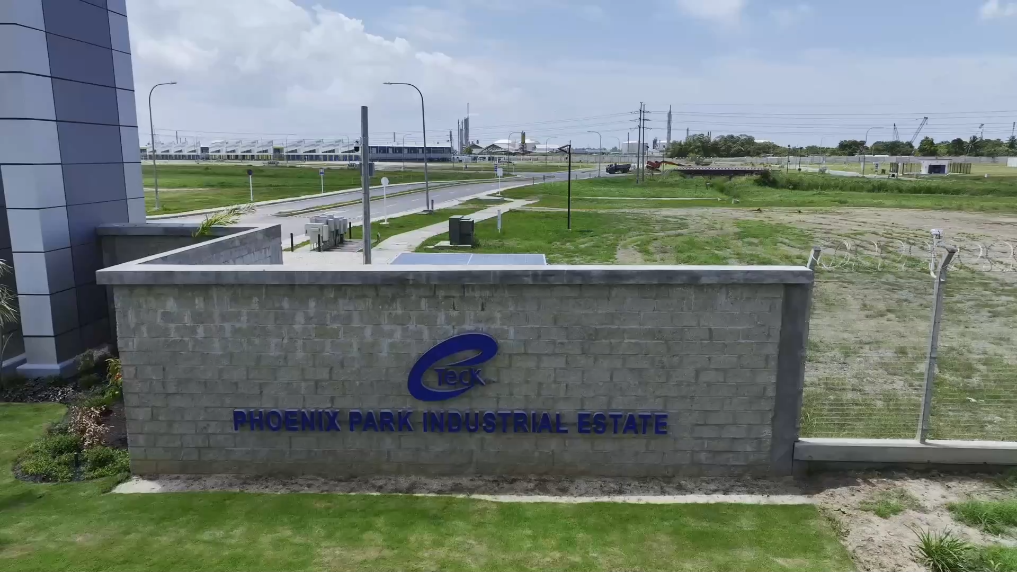
A commercial Gravity-1 rocket carrying three satellites blasts off from waters off the coast of Haiyang, east China's Shandong Province, Jan. 11, 2024. (Photo by Li Ziheng/Xinhua)
HAIYANG, Shandong, Jan. 11 (Xinhua) -- China's Gravity-1 carrier rocket made its debut flight from waters off the coast of Haiyang, east China's Shandong Province, on Thursday.
The rocket blasted off at 1:30 p.m. (Beijing Time), sending three satellites into the planned orbit. The Taiyuan Satellite Launch Center conducted the offshore mission.
Developed by the Chinese commercial aerospace company OrienSpace, the rocket is the world's largest solid-propellant launch vehicle and the country's first commercial rocket equipped with strap-on boosters.
It has enhanced China's capacity for diversified and large-scale launches of medium- and low-orbit satellites and enriched its launch vehicle variety.
The medium-sized rocket stands 30 meters high, and its core stages and boosters are 2.65 meters in diameter, said Bu Xiangwei, the rocket's chief designer.
With a take-off weight of about 400 tonnes and a take-off thrust of 600 tonnes, it can lift around 6.5 tonnes of payload to the low Earth orbit and 4.2 tonnes to the sun-synchronous orbit at an altitude of 500 km.
Boasting the most powerful carrying capacity among the country's commercial rockets, it can send 30 small 100-kilogram satellites in one single launch and undertake the launch missions of medium- and low-orbiting satellite networks and medium- and large-sized space loads.
The 9-meter-high fairing used by Gravity-1 is the largest among China's current commercial rockets. With a diameter of 4.2 meters, similar to that of the fairing used by the Long March-7 carrier rocket for the country's space station cargo transport, it can accommodate more and larger satellites.
During its three-year development, the research team has overcome a series of technical problems in breakthroughs, said Yao Song, co-CEO of Orienspace.
Yao gave an example that the joint between the rocket boosters and its core stage is required to be only the size of an A4 piece of paper, while the team managed to make it withstand a thrust reaching 200 tonnes.
The launch of Gravity-1 marks significant progress in the independent innovation of commercial launch vehicles. As the country made continuous efforts in the field in recent years, fruitful results have been accomplished, such as Zhuque-2, the world's first liquid oxygen-methane rocket successfully entering its orbit, and Lijian-1, which lifted off with 26 satellites onboard. ■











